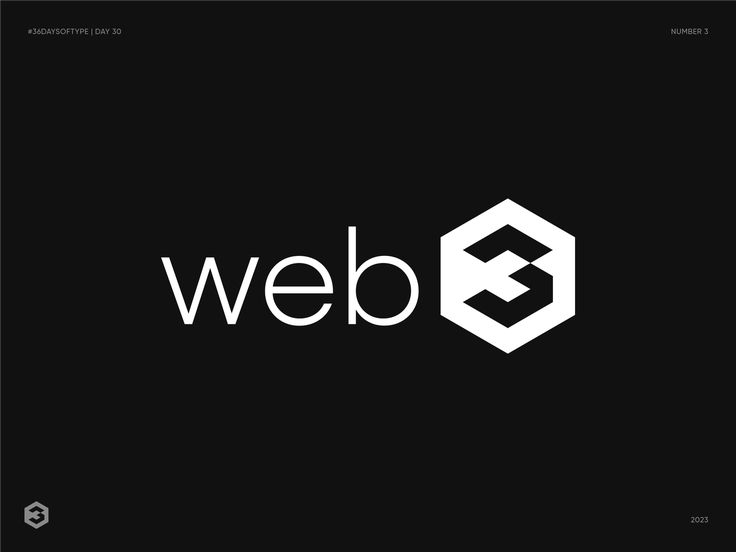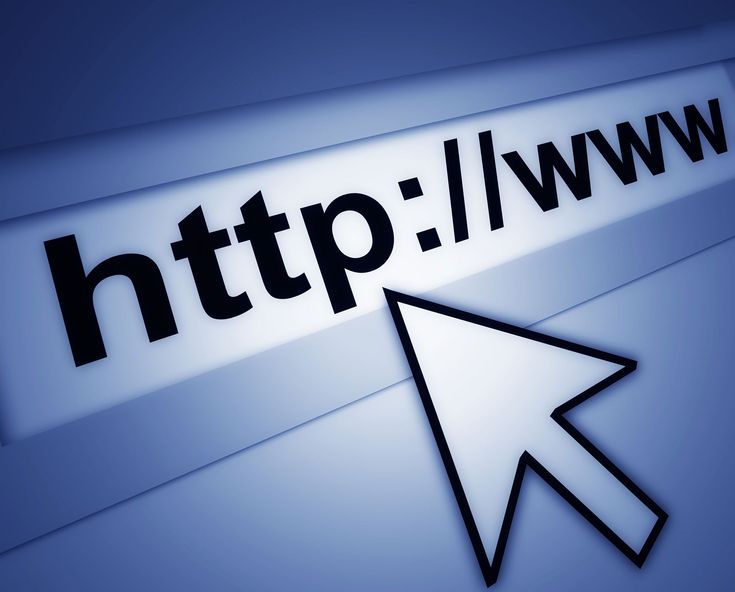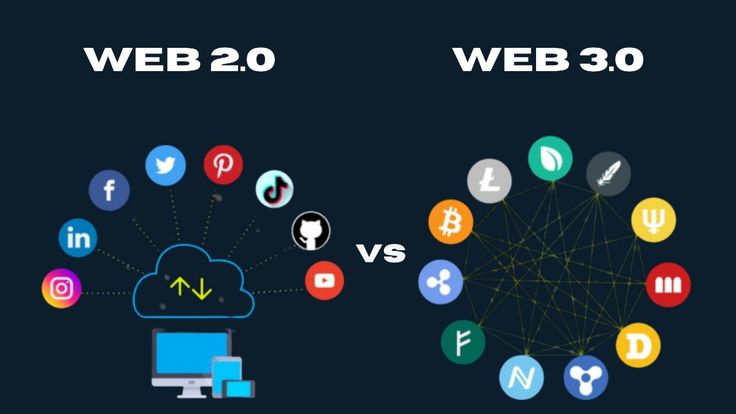+234 701 549 7249

The internet has come a long way since its inception. From static web pages in Web1 to dynamic and user-centric Web2, each phase has revolutionized the way we interact online. Now, we are standing on the brink of the next major evolution: Web3. But what makes Web3 the future of the internet? Let’s explore.
1. Decentralization: The Core of Web3
Unlike Web2, where data and services are controlled by centralized entities (like Google, Facebook, and Amazon), Web3 is built on decentralized networks such as blockchain. This ensures no single organization has monopolistic control over user data or online interactions. Instead, power is distributed among users, fostering transparency and trust.
2. True Ownership of Digital Assets
Web3 enables true digital ownership through blockchain technology. Whether it’s cryptocurrencies, NFTs, or virtual real estate in the metaverse, users can own assets directly without relying on intermediaries. Smart contracts automate processes, making transactions secure and tamper-proof.
3. Enhanced Privacy and Security
Web3 prioritizes user privacy. Unlike traditional systems where data is stored on centralized servers vulnerable to breaches, Web3 uses cryptographic techniques to safeguard user information. Decentralized identities (DIDs) allow users to control their digital identity without sharing unnecessary personal information.
4. Interoperability Across Platforms
Web3 applications (dApps) are designed to be interoperable. This means a single wallet or identity can be used across multiple platforms, eliminating the need for repetitive sign-ups and logins. Interoperability not only simplifies user experience but also fosters innovation by enabling seamless collaboration between platforms.
5. Empowering Creators and Users
In Web2, platforms often profit disproportionately from user-generated content. Web3, however, leverages token economies to reward creators and users fairly. For instance, decentralized social media platforms can incentivize content creation through cryptocurrency rewards, ensuring that contributors receive their fair share of value.
6. Democratizing Access to Financial Services
Web3 introduces decentralized finance (DeFi), which removes traditional banking barriers. Anyone with an internet connection can access financial services such as lending, borrowing, and trading without intermediaries. This inclusivity has the potential to empower millions globally.
7. Challenges and Opportunities
While Web3 holds immense promise, it’s not without challenges. Scalability, high transaction fees, and user education remain hurdles to mass adoption. However, continuous advancements in blockchain technology, like Ethereum’s transition to proof-of-stake, are paving the way for a more efficient and sustainable Web3 ecosystem.
Conclusion
Web3 represents a paradigm shift, transforming the internet into a decentralized, user-centric, and transparent space. While it’s still in its early stages, its potential to reshape industries, empower users, and redefine online interactions is undeniable. As we move forward, Web3 promises not just to be the future of the internet but a catalyst for a more equitable digital world.
Have thoughts about Web3? Share them in the comments below! We’d love to hear from you.







This is good I love it, Thanks for the update